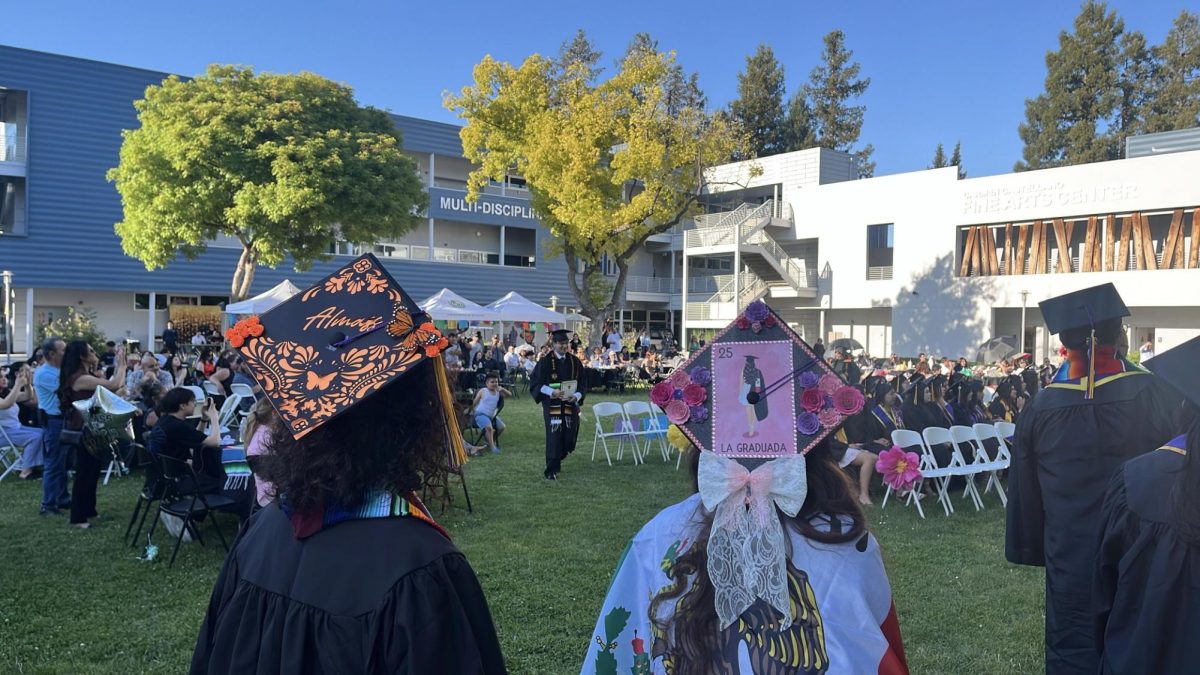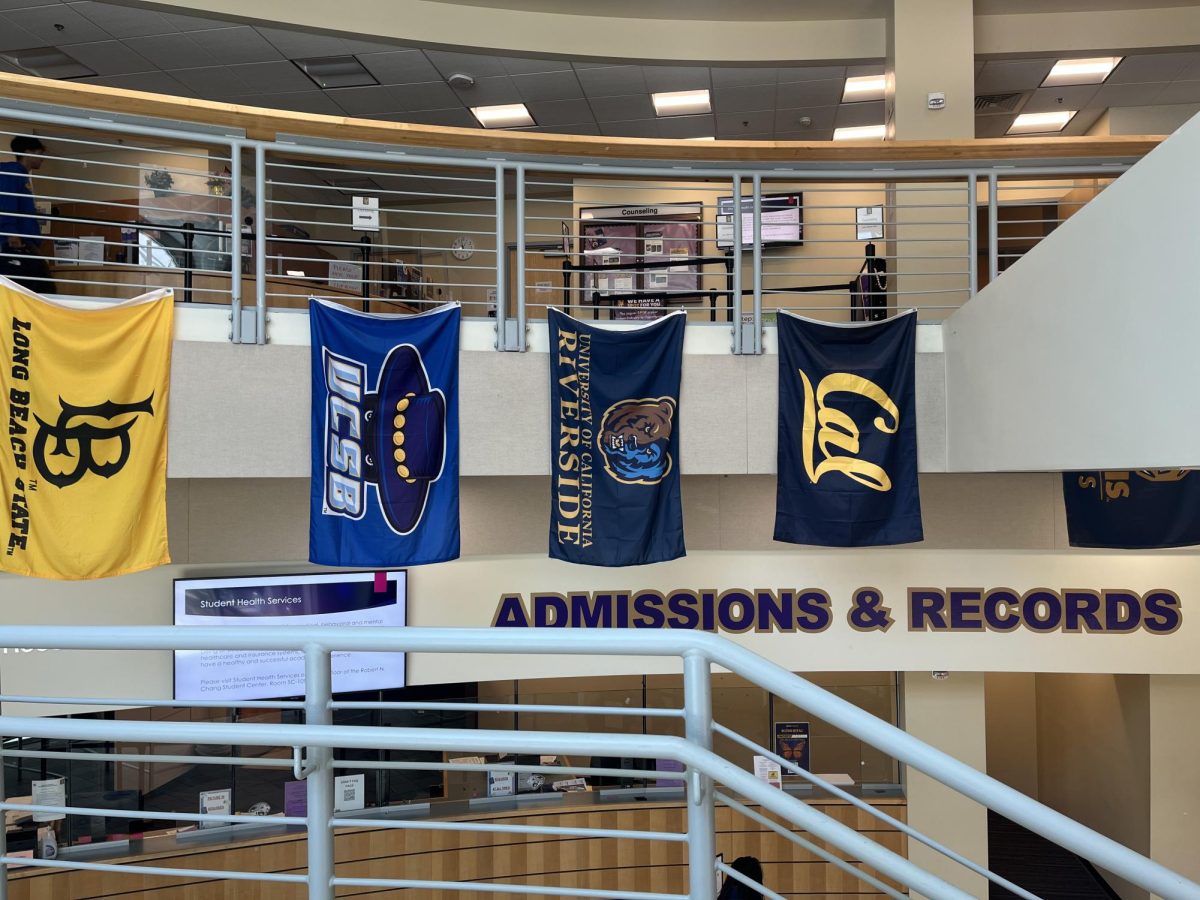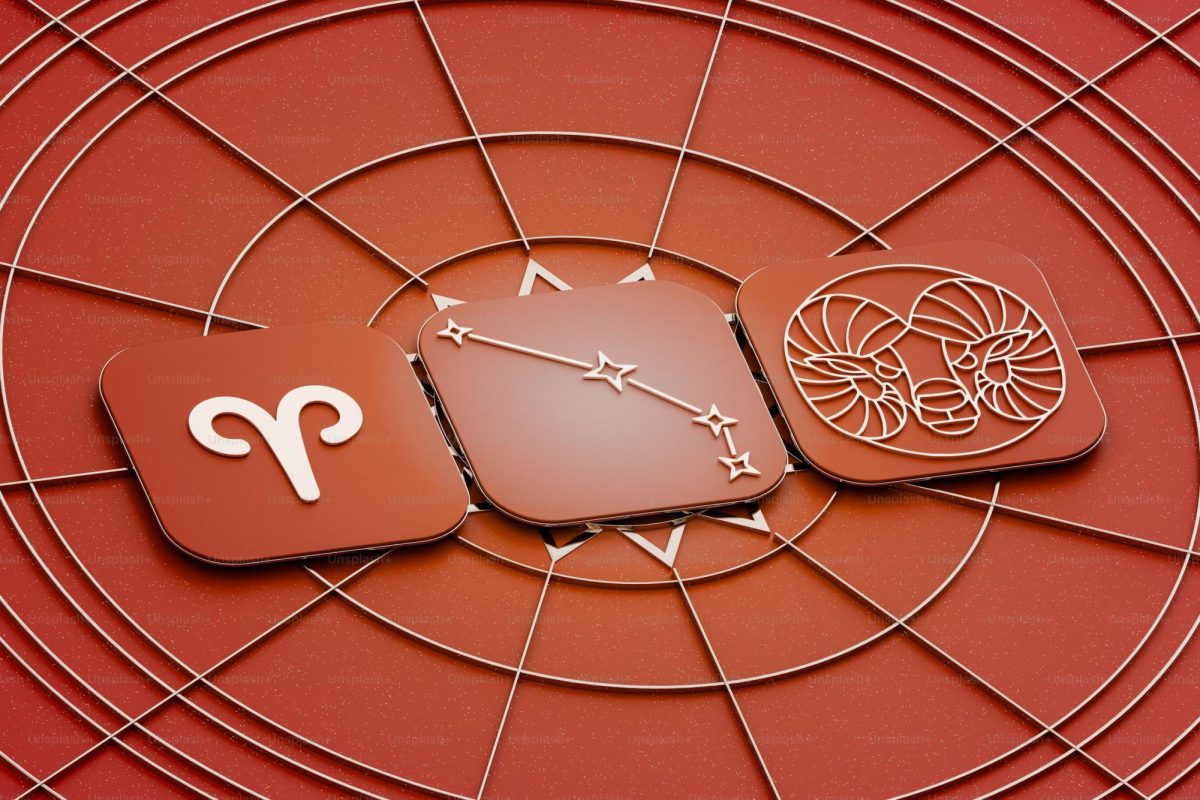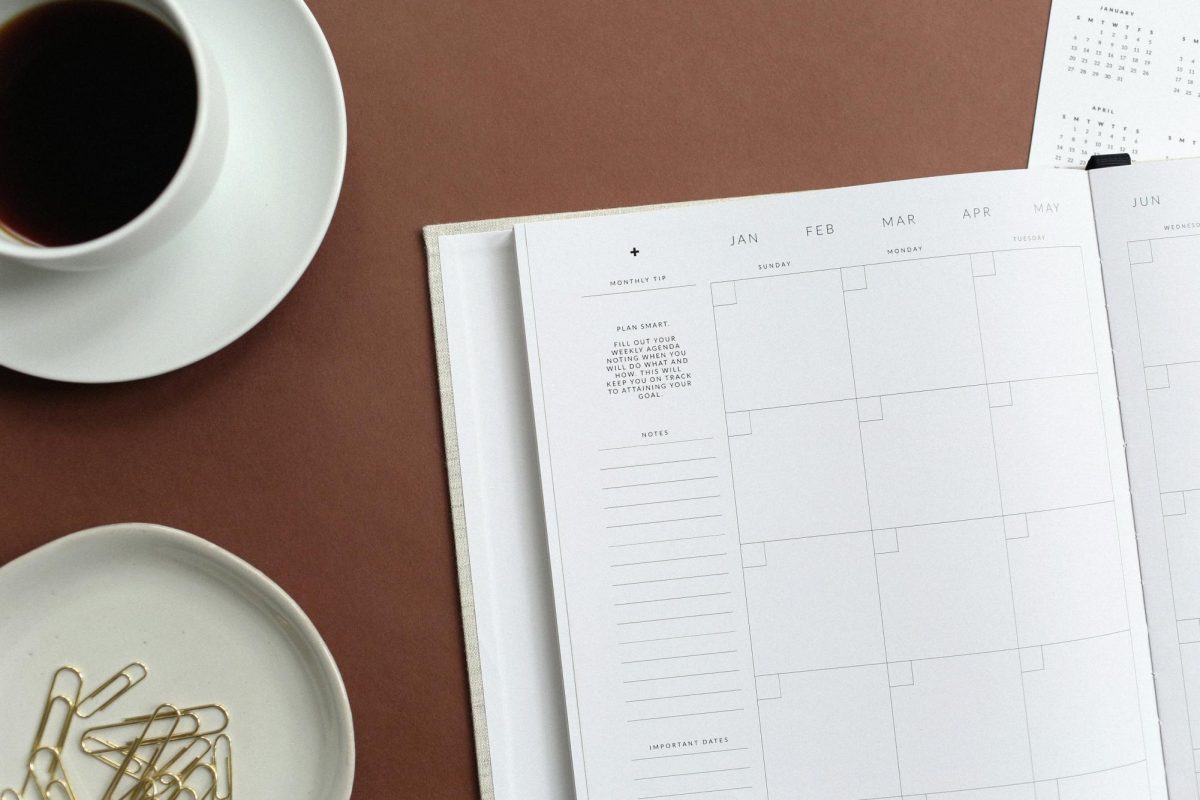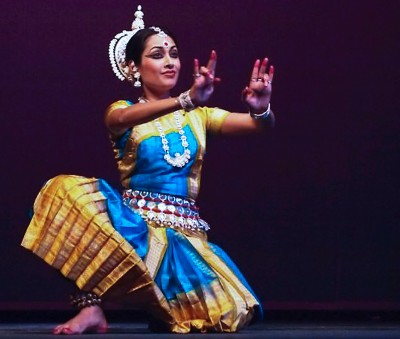 [/media-credit]
[/media-credit]
- Odissi dancer Shibani Patnaik performs at the San Jose City College theater April 14. Odissi originated in area of Orissa, Eastern India, 2000 years ago and is known for its lyrical nature, grace and fluid movements.
“It is the only dance where they have to perform three angles of the body: neck, torso and legs, all have to move along beautifully.”
Patnaik is famous for her Samsara performance in which she explores the soul’s journey through the cycle of birth, death and reincarnation.
The Samsara performance includes five dance pieces: Pancha Bhuta, Barsha Barnalee, Abhinaya, Pallavi and Samsara. These pieces in turn express the substances of nature that create life, the human lifetime, which resembles nature, and romantic love and other expressions and passions in life.
Patnaik was accompanied by professional performers and musicians: Ramesh Chandra Das, Bijaya Kumar Barik, Jabahar Mishra, Rupak Kumar Parida and her lifelong instructor Aruna Mohanty. Together they bring Odissi dance from small temples in eastern India to the big cities of the United States.
Pattanaik said there are a lot of Odissi dancers in the Bay Area. Many Odissi classes are opened throughout America, and 50 percent of students in these classes are not Indian. She added that people from many other ethnicities came to Odissi with passion and eagerness to learn about another culture and another kind of art.
Born and raised in America, Patnaik and her sisters were always reminded by their parents about their origin through Indian classical dancing. They started learning the Odissi dance at a very young age and often traveled back to India to learn the dance.
“This girl (Patnaik) is passionate in dancing,” Mohanty said. “She does not only get this gift from God but all things she has achieved is through her hard work.”
Patnaik was 16 years old when she and her sisters were asked to choreograph in a piece with Madonna at the 1998 MTV Video Music Awards. They also appeared in Ricky Martin’s world tour in 2007 for an Odissi piece.
Patnaik has been dancing Odissi for more than 20 years and has performed in various cultural events throughout North America and India. She has received a number of awards and is now one of the leading dancers in her generation in Odissi dancing. She has over 30 students in California and has taught the Odissi dance in the Bay Area.
Audiences at the SJCC Theater on Saturday night were not the only people who love dancing and enjoy Odissi, but many of them are Odissi dancers themselves. They came to the performance and took it as a chance to meet other people in the Indian community, as well as get chance to enjoy their traditional dance while they are away from their own country.
“It is just a way to preserve the culture,” said Ambika Dubey, an audience member and Odissi dancer, who has been dancing since she was five and already performed at several Indian dancing events.
“We all do this because we love the music. We love the connection to God, and it is a great way to connect to our Indian cultures,” Vasanta Gollamudi said. “I don’t think there is any certain age to start dancing or how many years of doing it.”
Gollamudi also said she had to learn grammar and the “language” before she actually learned how to dance. “We have special movements, special feet positions, expressions and eye movements. There are many hand positions that express different meanings. And then you have put them all together,” Gollamudi said.
“I have good time learning this classical dance from India,” said Mark Gabartin, a Caucasian American audience member.
Pattanaik said she chose SJCC Theater because of its high capacity since the size of the audience has increased since the last show.
After getting her bachelor’s degree of engineering at Stanford University, Patnaik is now working as a computer engineer and living with her husband in Philadelphia. However, dancing to Patnaik is never a hobby or something she does on the side.
“It (dancing) is my passion, my dream, and it’s what I want to do as my full-time profession,” Patnaik said. “Because I basically live, eat, breath and dance. Dancing is my life.”

